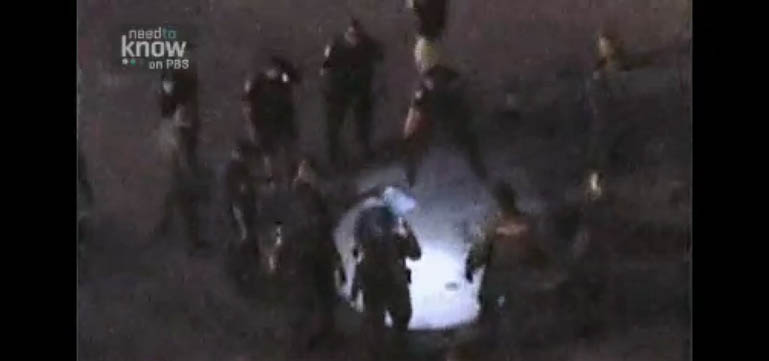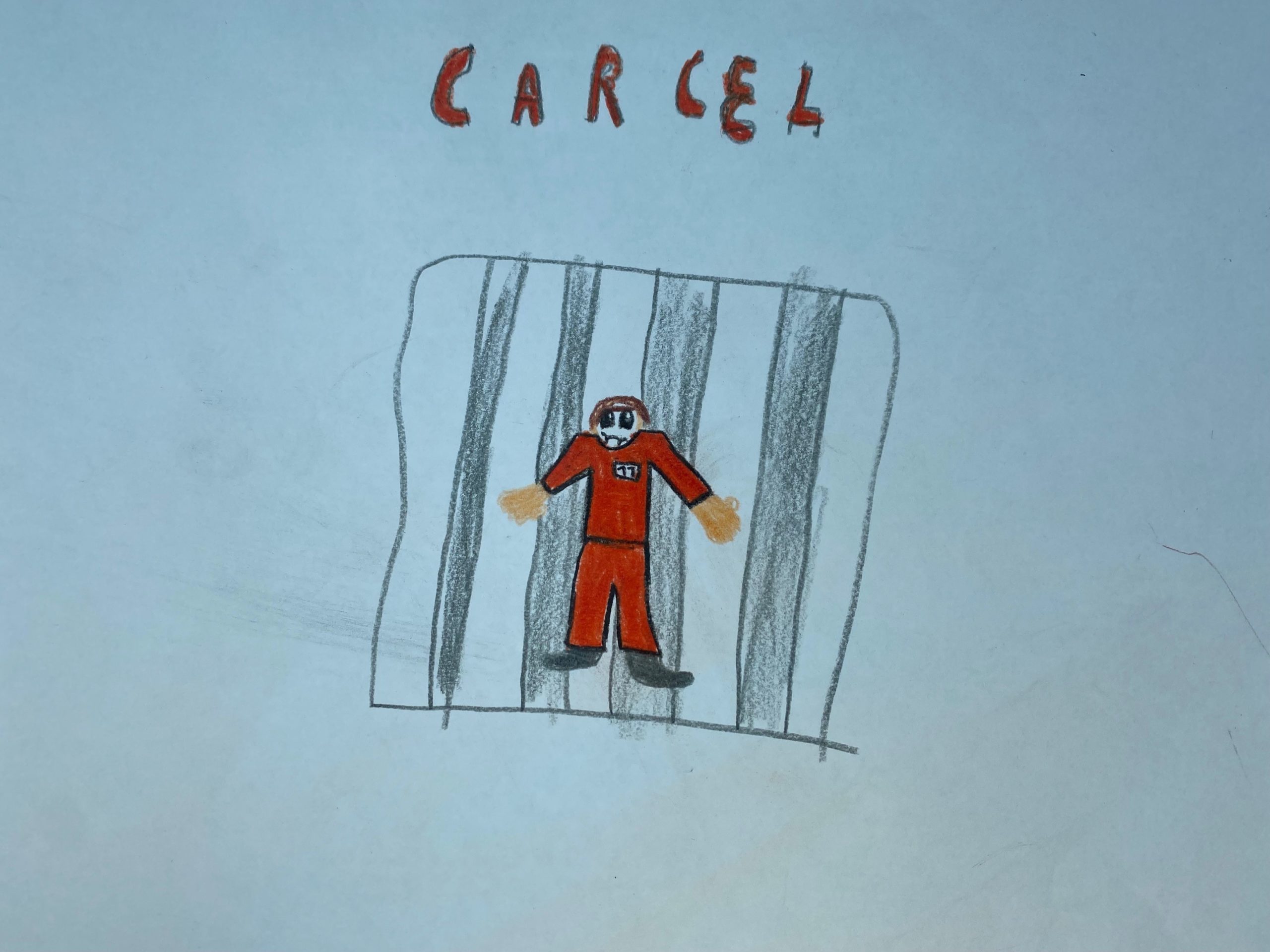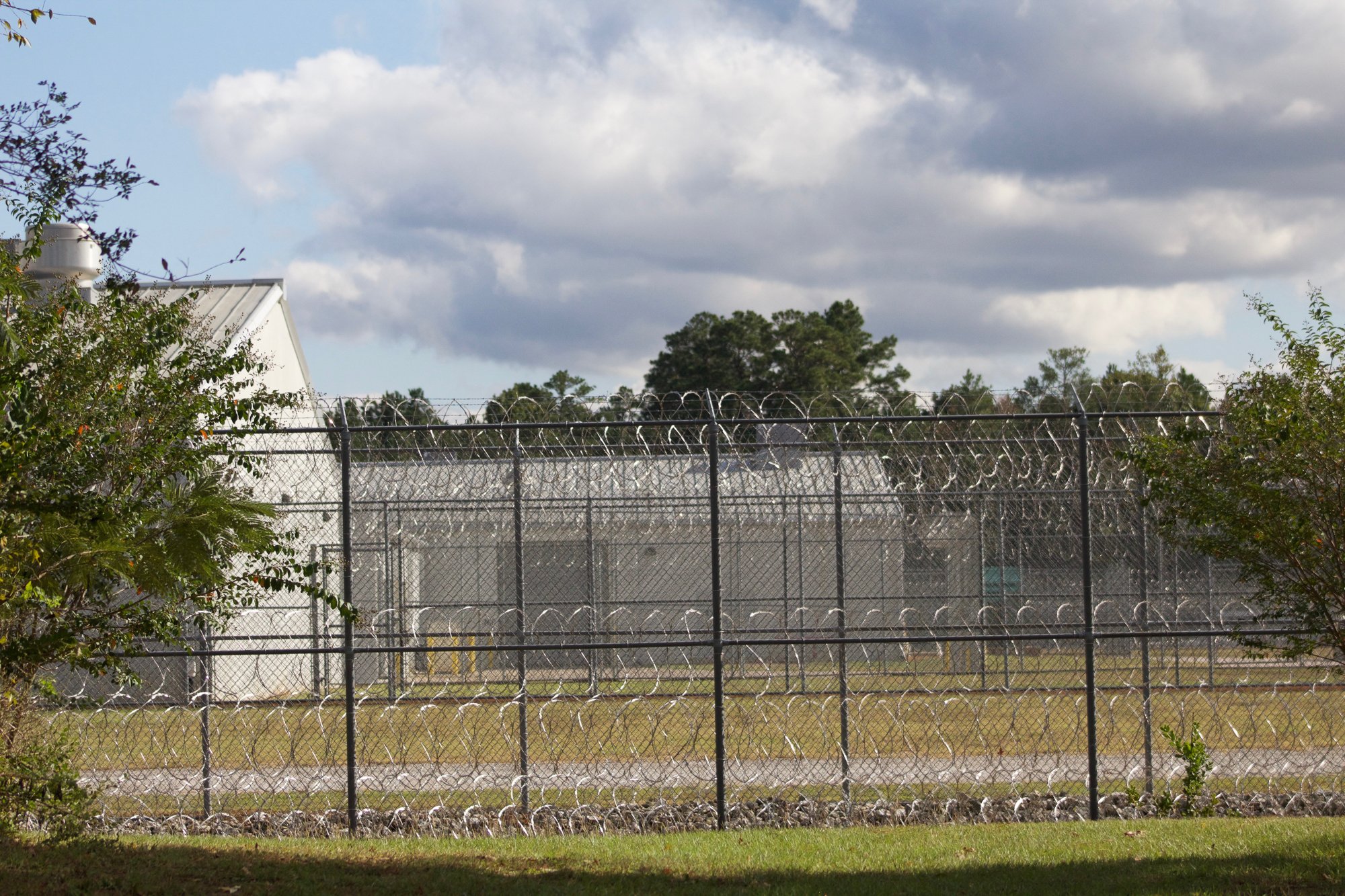
“It Took Twenty Lives To Get Us To This Place.”
Says Border Civil Rights Advocate About CBP Announcement On Use of Force Policies

Above: Anastasio Hernandez Rojas surrounded by agents
In the wake of a federal report released last week, U.S. Customs and Border Protection announced Wednesday new measures to address a trend of lethal beatings and shootings by Border Patrol agents in the last three years. Civil rights advocates were encouraged by the announcement but said the agency still has a long way to go to institute real change.
U.S. CBP said it will give agents more non-lethal weapons options, better training in use of force tactics and conduct better tracking of excessive force complaints. The agency also said it will begin a pilot program to install mounted video cameras in patrol cars and provide lapel cameras for agents.
Since 2010, at least 20 people have been killed by U.S. Border Patrol agents, which spurred Congressional leaders to request a review last year of the agency’s use of force policies. Besides a report released last week by the Department of Homeland Security Office of Inspector General, U.S. Customs and Border Protection also underwent an internal review as well as an independent external review by the nonprofit Police Executive Research Forum.
In the DHS OIG report, reviewers noted that many agents and officers in the field “do not understand use of force and the extent to which they may or may not use force.”
In a press statement Wednesday, U.S. Customs and Border Protection clarified its use of force policy. “CBP agents and officers may use deadly force only when the agent or officer has a reasonable belief that the subject of such force poses an imminent danger of death or serious physical injury to the agent, officer or to another person.”
Congressional leaders requested an investigation of U.S. CBP after viewing footage aired in April 2012, during the PBS show “Need to Know “ of an unarmed and subdued man being beaten by border agents. The video shot at night on the San Diego-Tijuana border shows Anastasio Hernandez Rojas, a Mexican migrant, being tased and kicked by a group of as many as 20 U.S. Border Patrol agents on the U.S. side of the border fence. Hernandez died from his injuries.
Christian Ramirez, director of the nonprofit Southern Border Communities Coalition, said the agency’s acknowledgment that it has a problem is a good first step but that a lot more needs to be done. “It took 20 lives to get us to this place,” he said. “The agency has taken a bold first step but a whole lot of work still needs to be done not just by CBP but also by Congress to ensure that someone is at the helm of the agency to make sure these changes trickle down to the agents in the field.”
In the last five years, the agency has had four commissioners, Ramirez said, and suffered a number of corruption scandals, as well as numerous allegations of using deadly force on unarmed migrants. “We have a very serious problem when Congress continues to focus on border enforcement but there are no steps taken to make sure we have good strong leadership at CBP to change the culture of an agency that has become accustomed to abuse and a lack of transparency.”
On Wednesday, Ramirez and his organization met with the interim director of U.S. CBP, Thomas Winkowski, and White House staff to express their concerns. Ramirez said the meeting went well. “The White House is taking reform at the agency seriously and CBP is finally acknowledging that it has a problem,” he said. “We’re getting there, but it’s going to take some time. The agency needs strong, consistent leadership from the top to make real change happen.”


